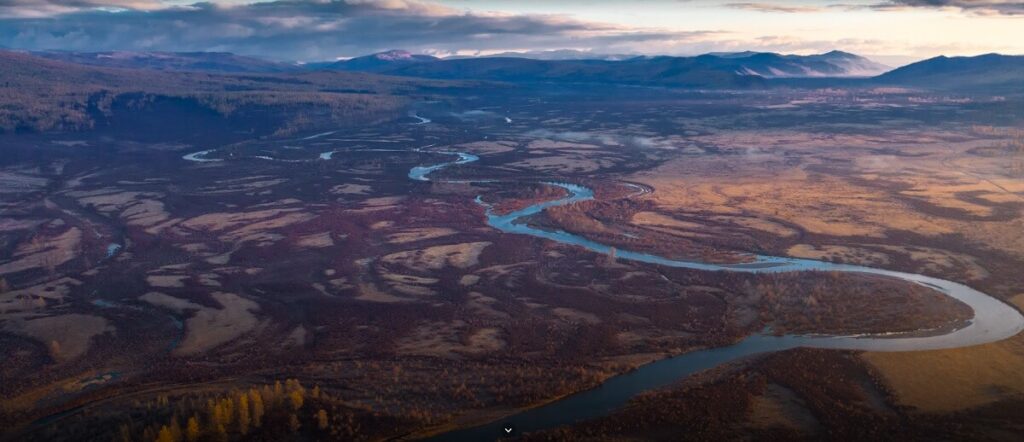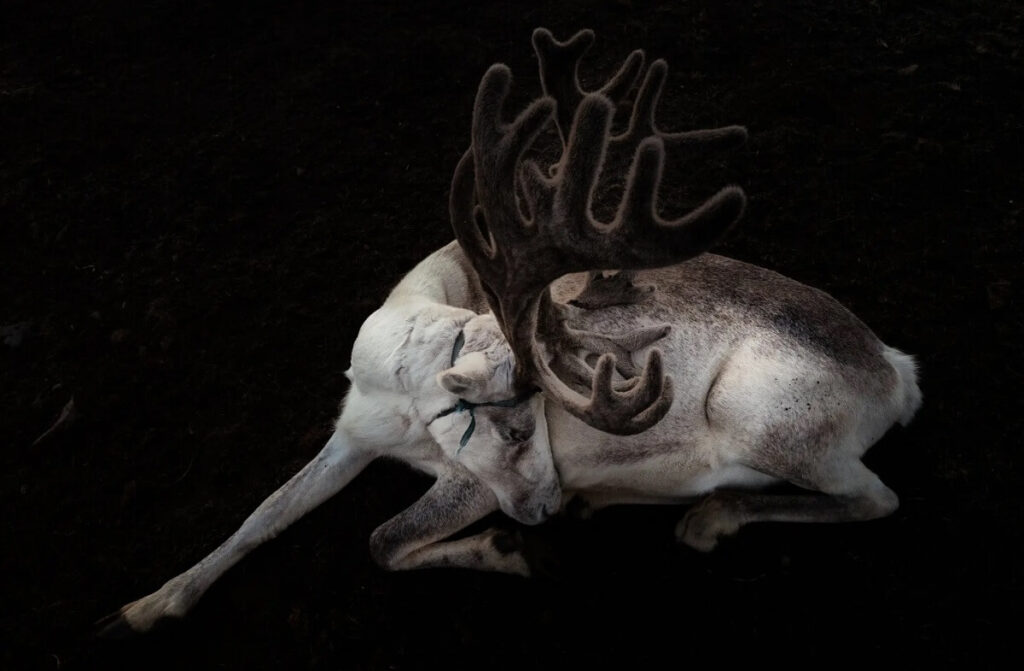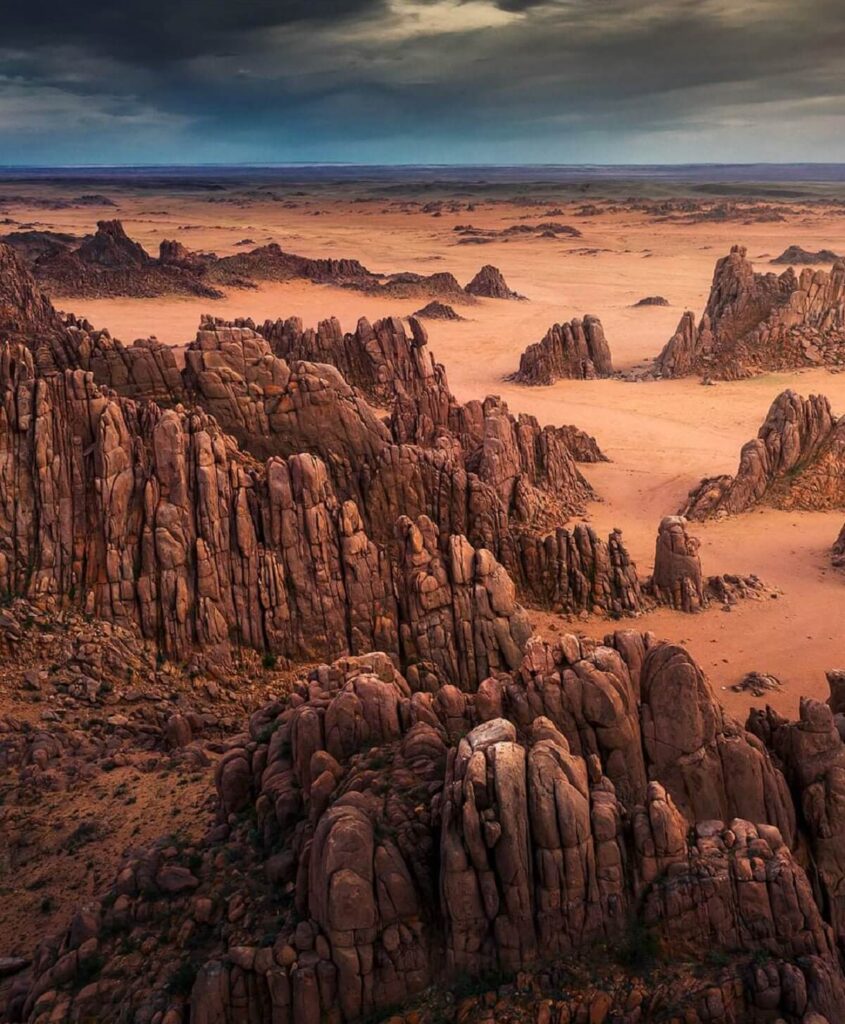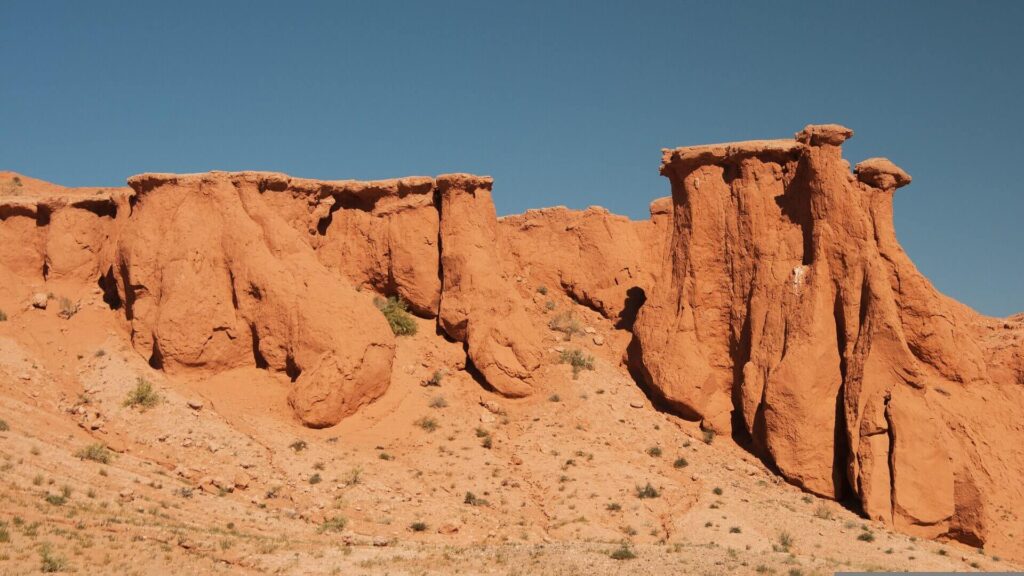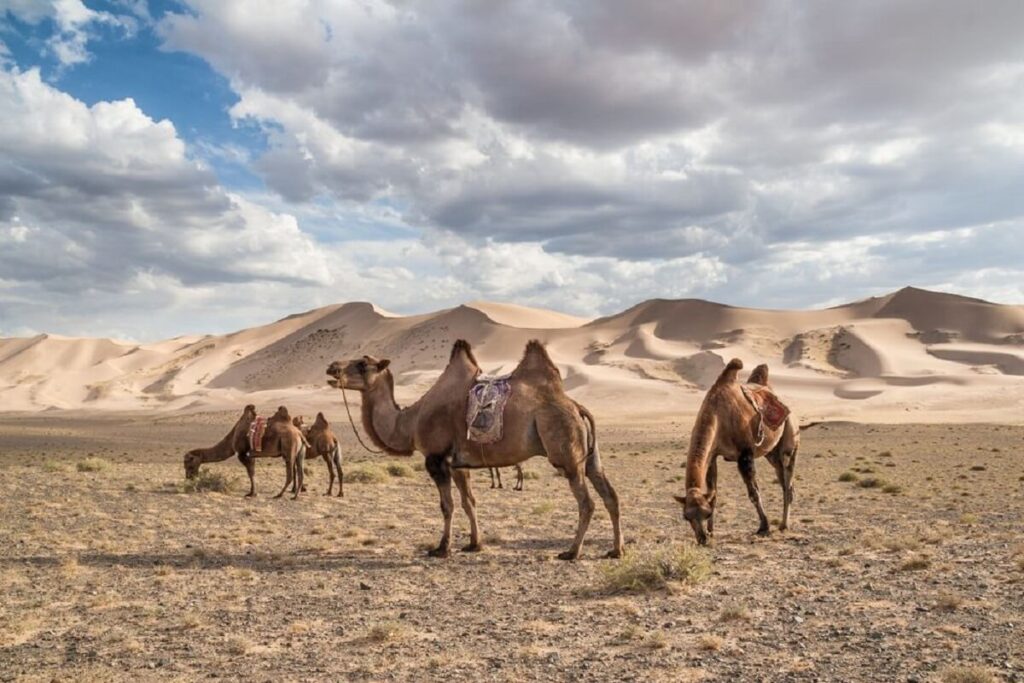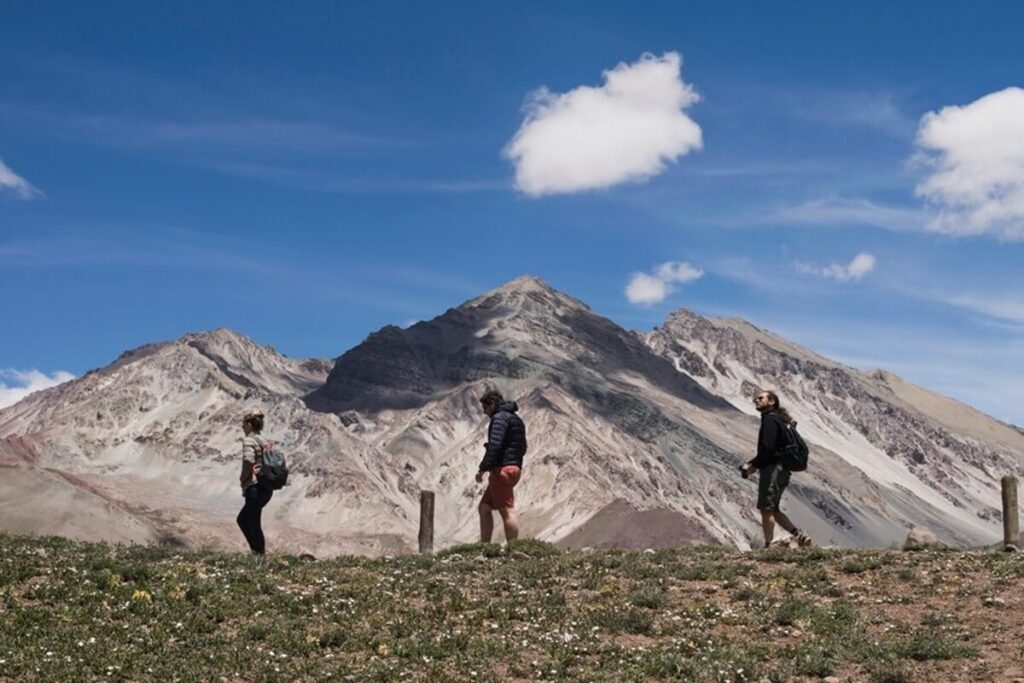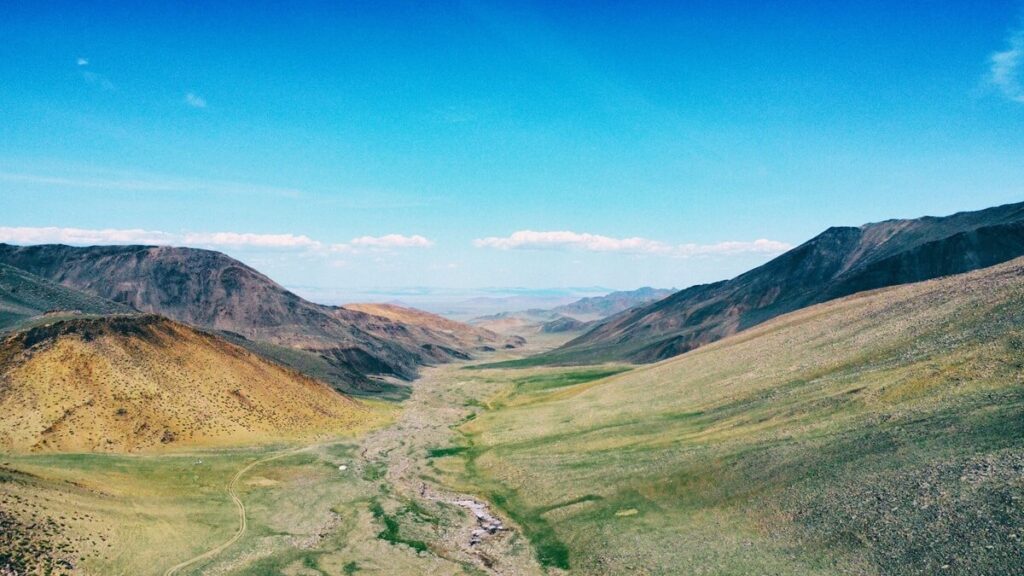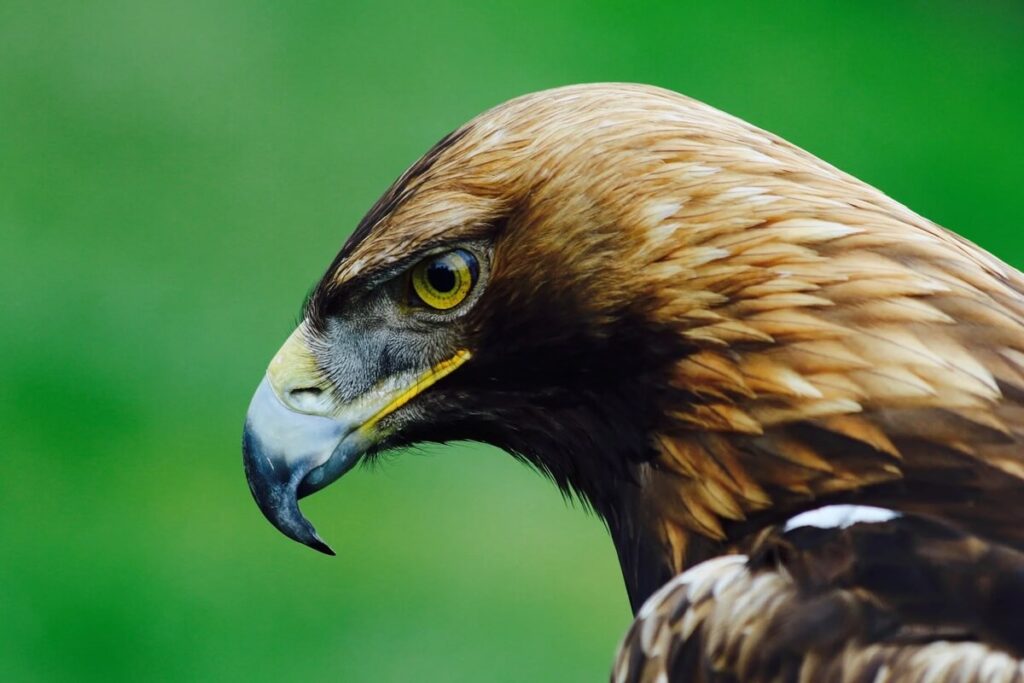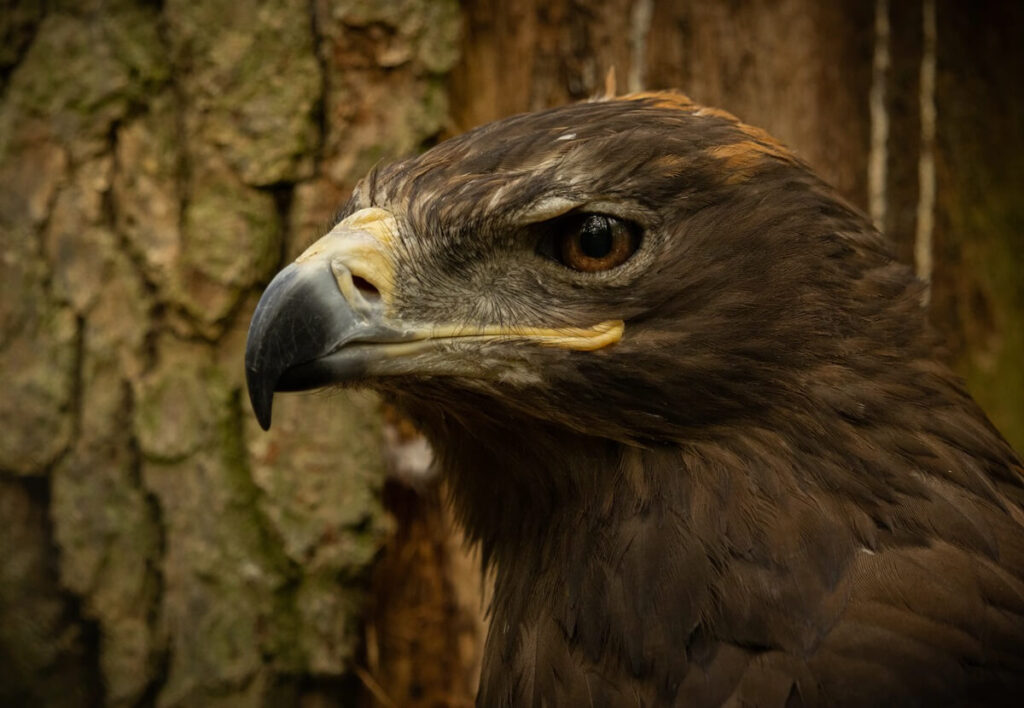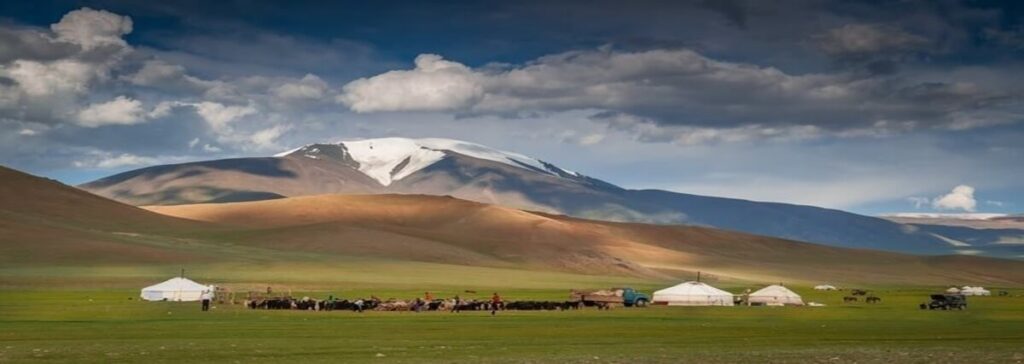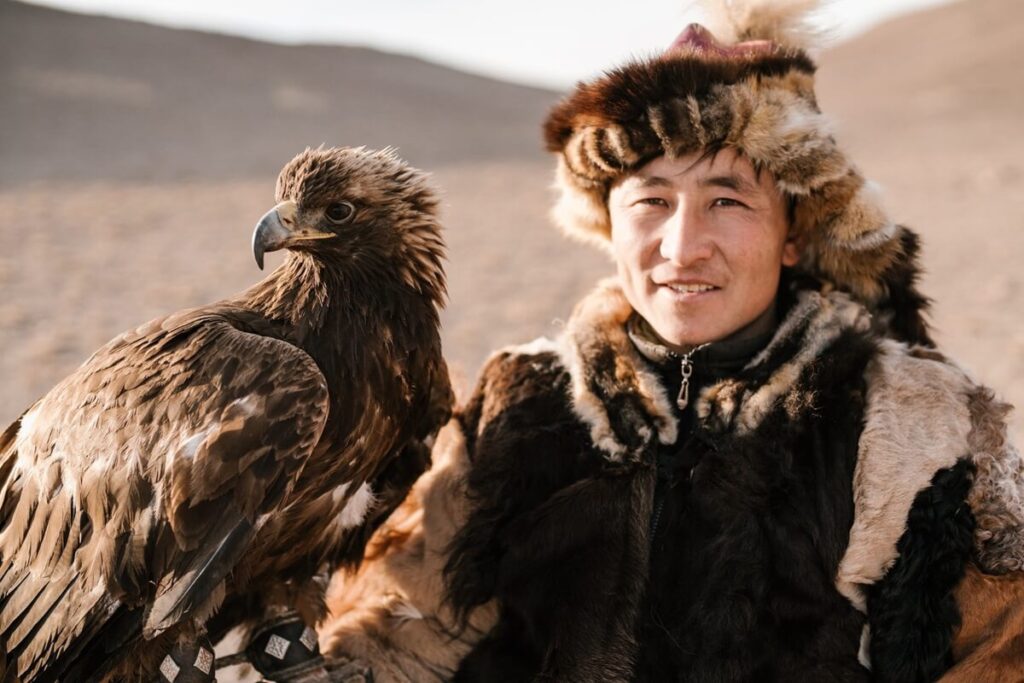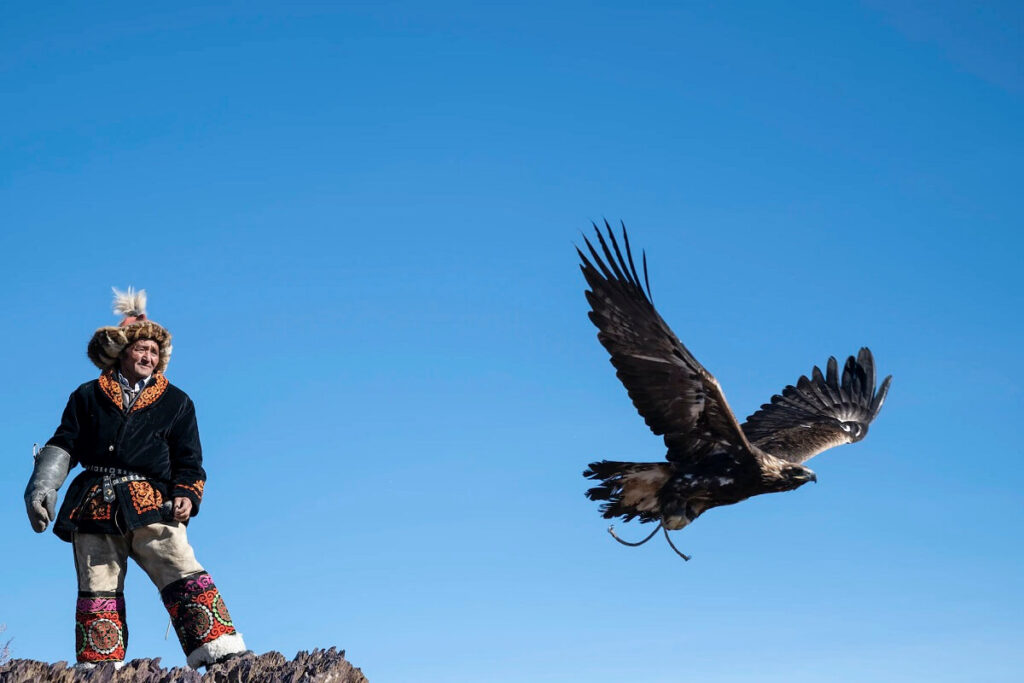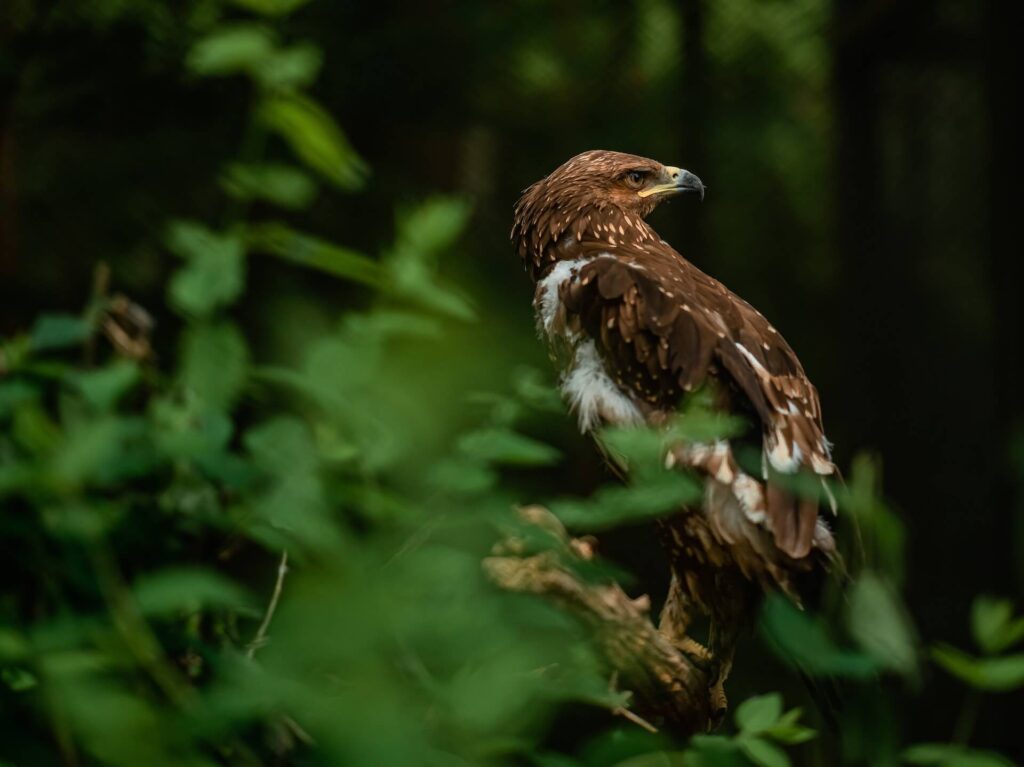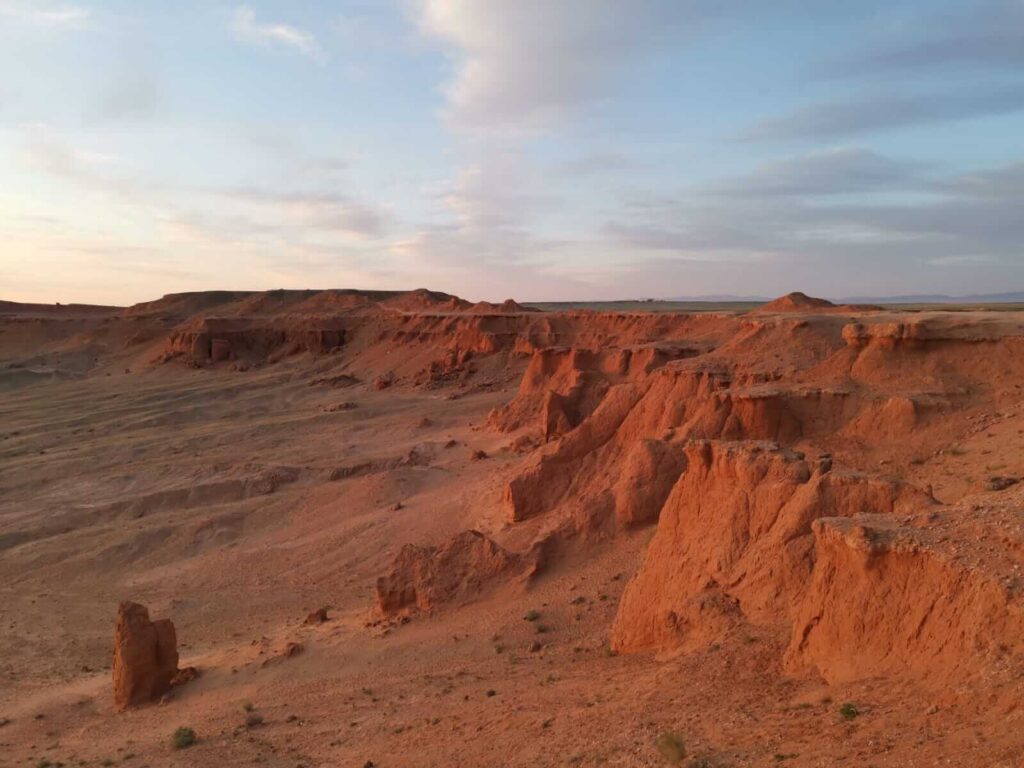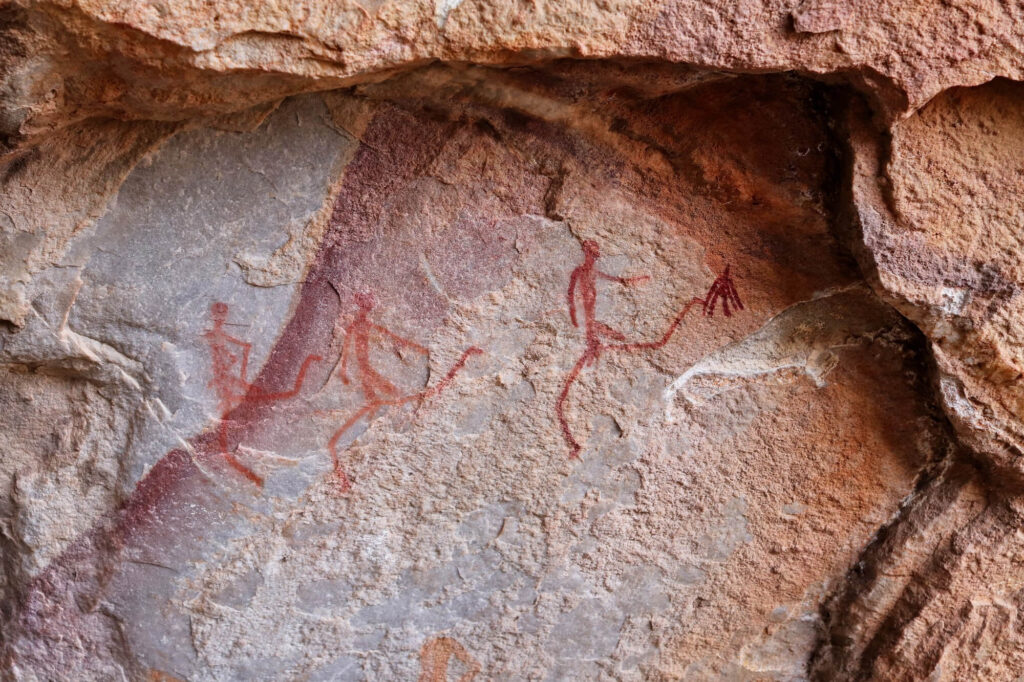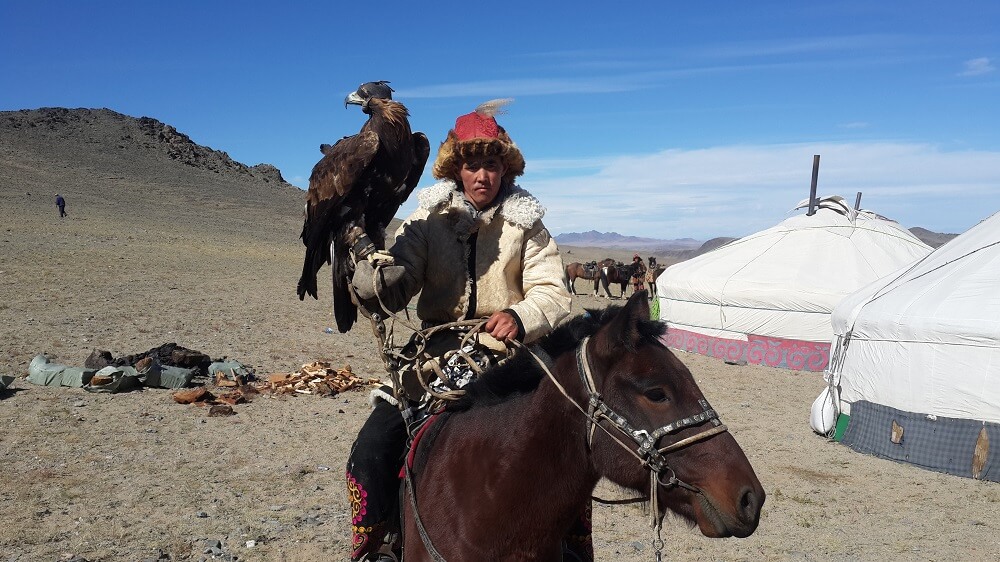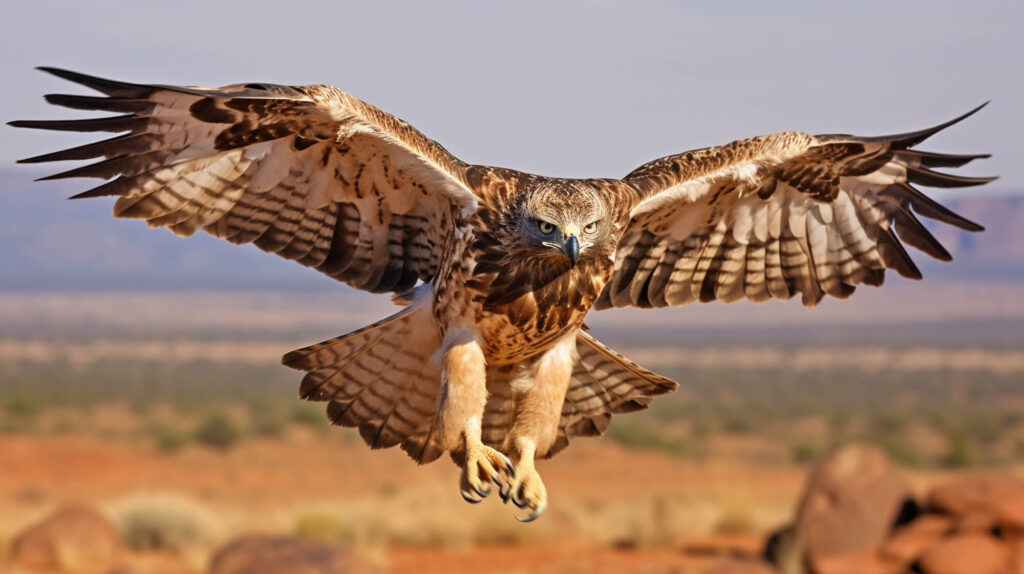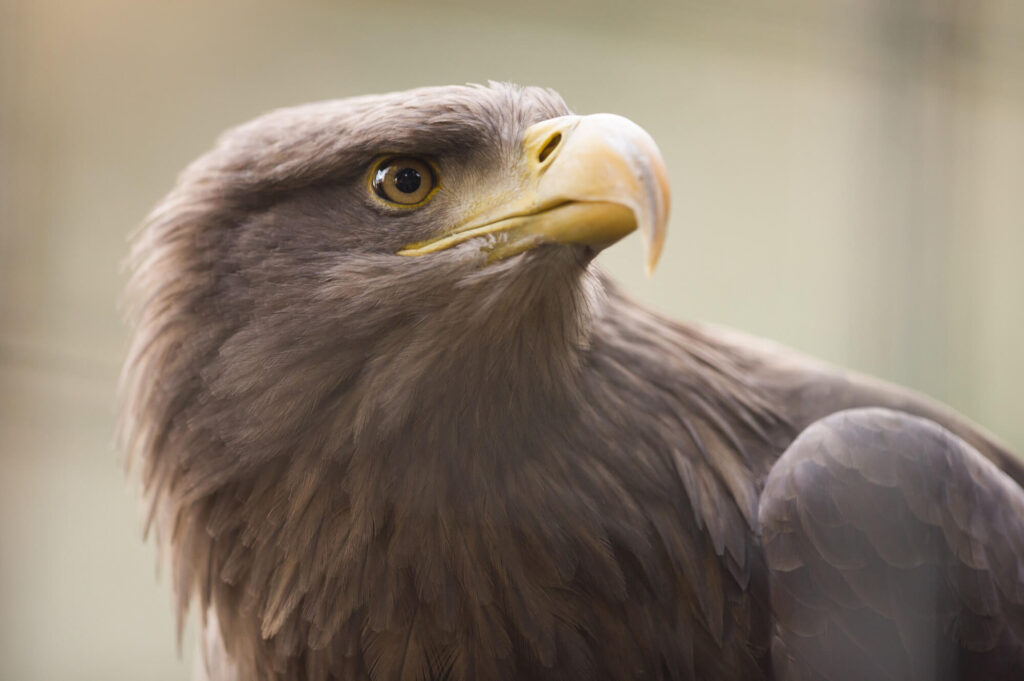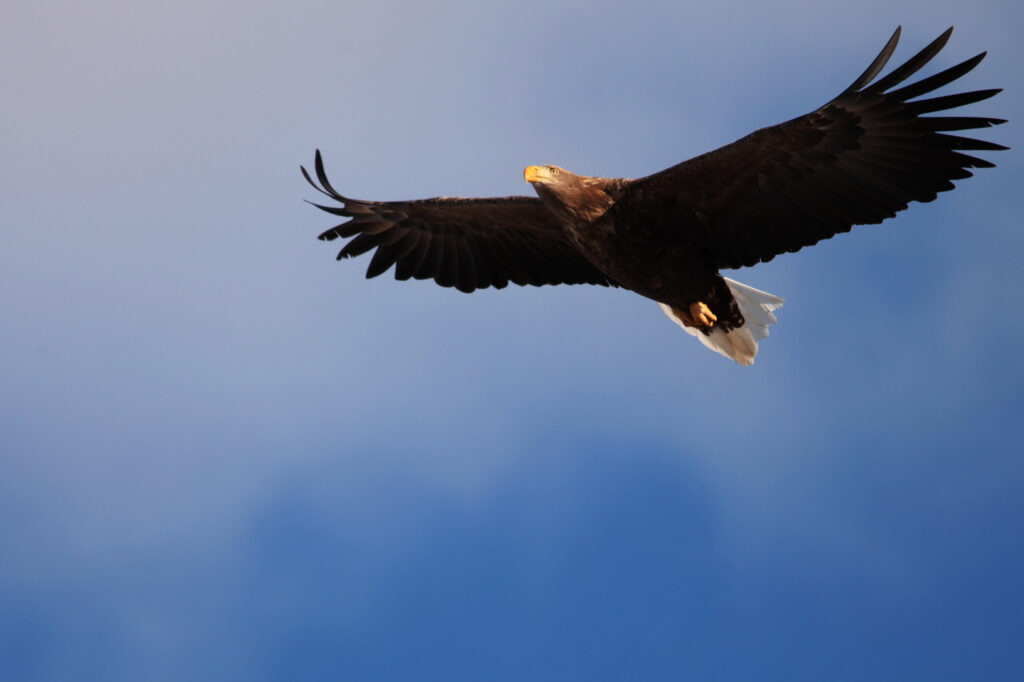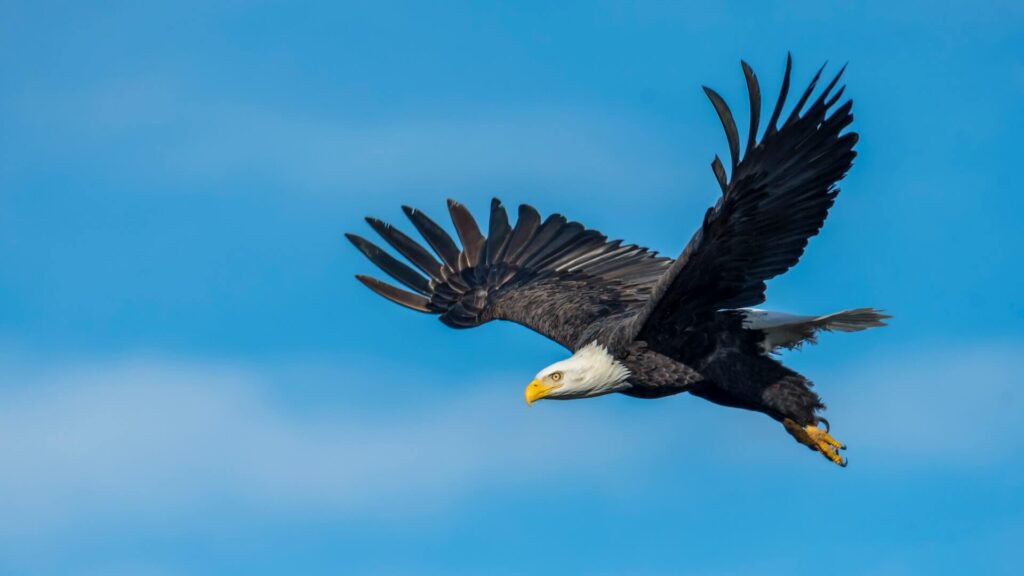Mongolia is home to 5 breathtaking landscapes that are on the list of UNESCO World Natural Heritage Sites. These sites are crucial to keep pristine and include majestic mountains, tranquil valleys, winding rivers, and endless forests. UNESCO World Heritage Sites are landmarks that have officially been recognized as having cultural, historical, or scientific significance and are protected by international treaties.
World Heritage Sites in Mongolia are some of the most incredible places on earth. The following five locations have been canonized as world heritage sites, which has given them international recognition and thus attracted historians, researchers, and tourists from all over the globe. These places embody Mongolia’s heritage: they are our legacy and key to our past—places we must absolutely pass on to future generations. They are irreplaceable cultural and natural sources of life and inspiration.
PETROGLYPHIC COMPLEXES OF THE MONGOLIAN ALTAI
When: 2011
The Mongolian Altai region is home to three ancient petroglyph sites. This open-air museum features a wealth of rock drawings, providing insights into the evolution of human life in Mongolia. The earliest drawings date back 12,000 years and offer visitors a rare glimpse into this fascinating culture.
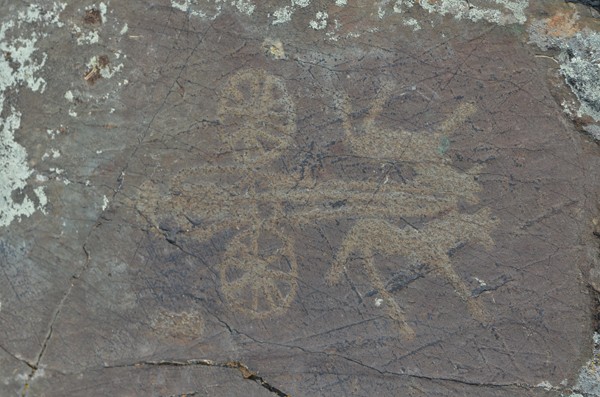
The petroglyphs at this site are unique because they depict various periods of human development, from the earliest paintings showing valleys and dense forest ecosystems where large deer were hunted, to later paintings depicting the beginning of a herding lifestyle. There are also Xiongnu (1st century BC) and Turkic (7th-8th centuries AD) period illustrations which show a transition from an abundance of horses to a more nomadic lifestyle. These rock carvings provide invaluable insight into the origins many nations and ethnic groups that have lived in Central and North Asia throughout recorded history.
GREAT BURKHAN KHALDUN MOUNTAINS
When: 2015
The Burkhan Khaldun mountain is a phenomenal site for those interested in Mongolian history, culture, and geography. It is located Genghis Khan’s birthplace and burial place in Northeast Mongolia where the steppe landscape gradually changes into Siberia’s Taiga forest. The mountain itself is also an important artifact of how the Mongol people interact with their environment through various religious customs.
The mountains, rivers, and egg rituals in Mongolia are a fusion of Buddhism and shamanism that reflect the originality of Mongolian culture – which makes them worth preserving. Trails leading up Burkhan Khaldun mountain take about 20 kilometers to finish, but they offer hikers pure and sacred views of nature; it feels like a trip to the heart of Earth. The area surrounding Burkhan Khaldun was listed as a Unesco world heritage site in 2015 due its unique atmosphere. Festivals honoring Mongolian culture are held every summer near the mountain.
ORKHON VALLEY
When: 2004
The Orkhon Valley Cultural Landscape, occupying an area of 1219.67 square kilometers, is situated in central Mongolia about 360 kilometers southwest of Ulaanbaatar. It comprises Kharkhorin – the former Mongol Empire capital (13th-14th centuries) – where a wealth of archeological finds from as early as the 6th century have been unearthed; these testify to the existence of Turkic Khaganate, forerunner to modern Turkey.
Orkhon Valley has become a renowned tourist destination in Mongolia, especially for horseback riding. In 2004, UNESCO placed the site on the World Heritage List as a means of preserving and honoring Central Asian nomadic pastoralism. The valley is not only a significant social, economic, political and cultural center for different periods of nomadic people, but also proof of their existence through the remains and ruins left behind. The Mongolians were greatly influenced by the nomadic way of life and see it as a harmonious interaction with nature.
UVS NUUR BASIN
When: 2003
The Uvs Nuur Basin, measuring 10688.53 square kilometers, is situated in western Mongolia and about 1200 kilometers west of the Mongolian capital city of Ulaanbaatar. It is also the northernmost enclosed basin in all of Central Asia. what’s more, The Uvs Nuur Basin was not only the first World Heritage Site ever to be recognized by UNESCO within Mongolia’s borders, but it is also a transnational World Heritage property located in central Asia – meaning that it is shared between Mongolia and Russia’s Republic of Tuva.
This site is home to many different types of birds and animals, making it a photographer’s paradise. The snow leopards, mountain sheep (argali), and Asiatic Ibex are just some of the spectacular creatures that you can find here. In 2003, UNESCO recognized the natural beauty of this place by adding it to the World Heritage List. This steppe ecosystem supports millions of living organisms, making it a truly special place on earth.
DAURIA’S LANDSCAPES
When: 2017
The Dauria in eastern Mongolia and Siberia is the last Mongolian site to gain UNESCO World Heritage Site status. The fluctuating wet and dry conditions create unique ecosystems that are vital to many different species of animals. The various types of steppe habitats–like grassland, forest, lakes, and wetlands–provide homes for rare creatures like the white-necked crane, the relic gull, the barn bustard, or the swan goose.
Among mammals are the Daourie gazelle , Pallas cat , or even Siberian marmot . They also support millions of other vulnerable migrating birds. In addition, this site is a crucial stopover on the Mongolian gazelle’s migration route. Much of this territory also has UNESCO Biosphere Reserve and Ramsar site status: quite an impressive record!

